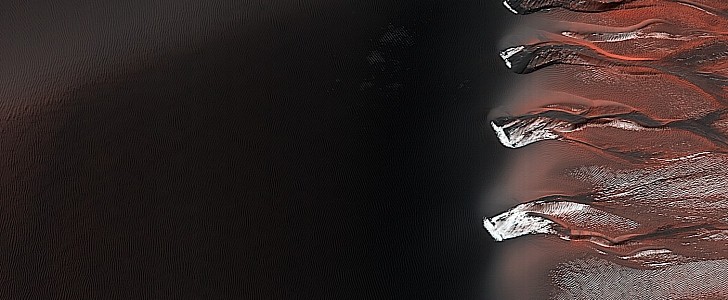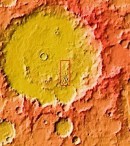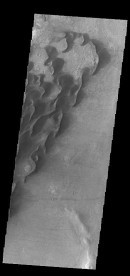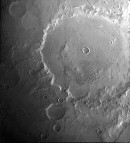It’s been 15 years already since the Mars Reconnaissance Orbiter (MRO) reached the neighboring planet’s orbit with only one goal in mind: survey it from above. In that time, countless images of the Red Planet have made their way back to Earth, but most of them have remained largely unknown to the wider public for various reasons.
In recent times, NASA and the University of Arizona have begun advertising Mars through the images captured by MRO’s HiRISE camera, because what better way to see the place we’re probably going to colonize soon?
To help these guys along, we’ve started our Get to Know Mars section, and we’ve featured quite the number of Mars images already. Today, we’re all learning about how the frozen dunes of the planet seem to be charging into the great unknown once the sublimation process starts going during the planet’s spring season.
What you’re looking at on the right side of the image is a region in the Kaiser Crater, an area filled with dunes that during the winter get covered in dry ice. Once temperatures rise during spring, this carbon dioxide ice sublimates, moving directly from solid to gas state, and creating in the process incredible rippled images on the surface.
The image you’re looking at now was taken by HiRISE from an altitude of 250 km (155 miles) back in 2016, but was only recently dusted off by the operators of the orbital camera. The American space agency says the alcoves visible at the crest of the dunes could have been formed by the gas coming from the dry ice.
Just like all other images sent back from Mars over the years, this one too could lead to a better understanding of the planet we’re planning to colonize over the coming decades, provided we can stick to our ambitious space exploration goals.
To help these guys along, we’ve started our Get to Know Mars section, and we’ve featured quite the number of Mars images already. Today, we’re all learning about how the frozen dunes of the planet seem to be charging into the great unknown once the sublimation process starts going during the planet’s spring season.
What you’re looking at on the right side of the image is a region in the Kaiser Crater, an area filled with dunes that during the winter get covered in dry ice. Once temperatures rise during spring, this carbon dioxide ice sublimates, moving directly from solid to gas state, and creating in the process incredible rippled images on the surface.
The image you’re looking at now was taken by HiRISE from an altitude of 250 km (155 miles) back in 2016, but was only recently dusted off by the operators of the orbital camera. The American space agency says the alcoves visible at the crest of the dunes could have been formed by the gas coming from the dry ice.
Just like all other images sent back from Mars over the years, this one too could lead to a better understanding of the planet we’re planning to colonize over the coming decades, provided we can stick to our ambitious space exploration goals.






